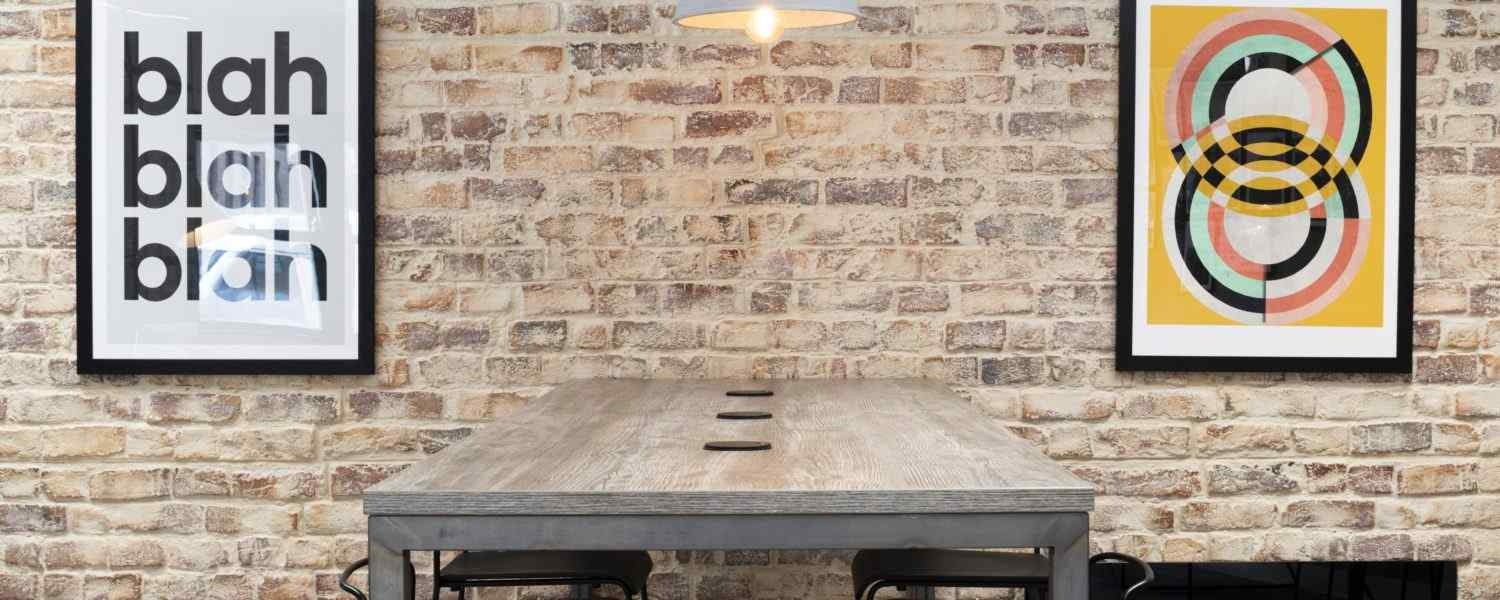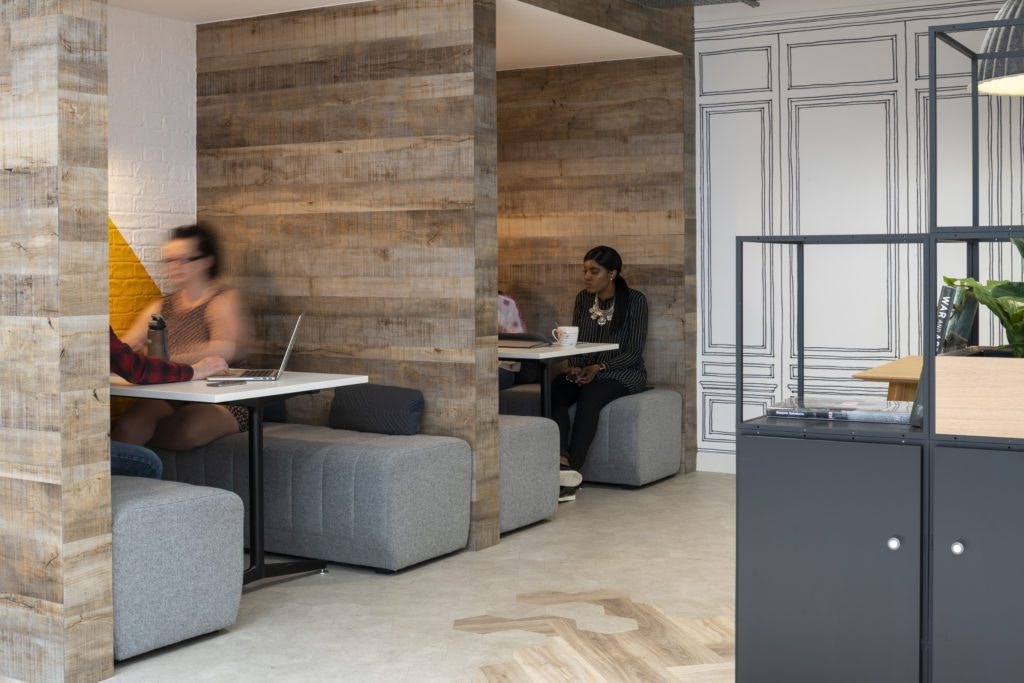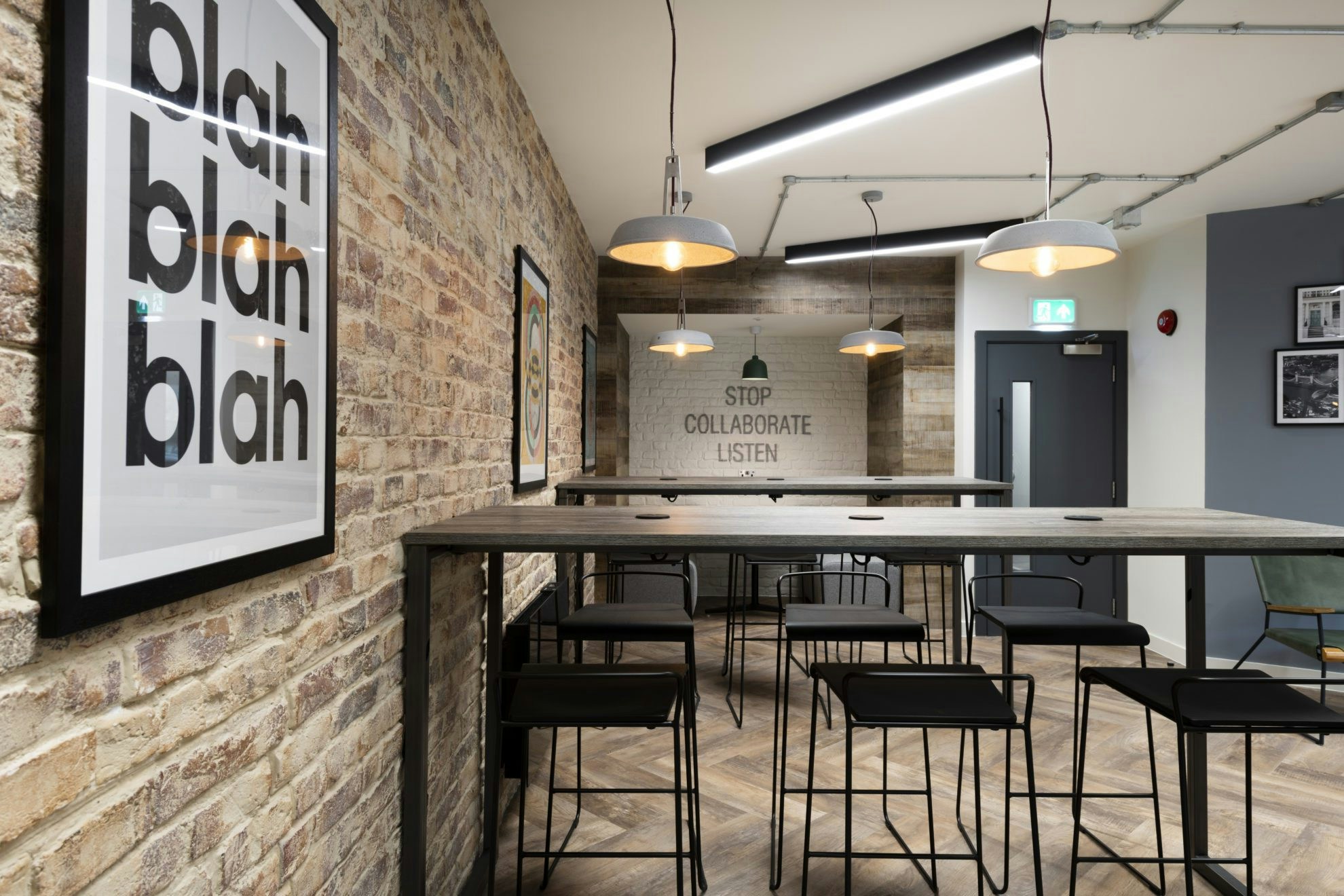There has been a plethora of articles around the future of the office and how workplaces can adapt post-Covid-19 to create safe spaces where social distancing can be facilitated.
Indeed, we created a document focusing on how workplaces could plan for post-Covid-19 but this piece will focus more on the perception of what an office is, its function in the modern world and also discuss whether the current pandemic has made us reevaluate how we work and crucially where we work.
Many of us have been forced to work from home over the past months, adapting spare rooms into home offices and juggling work and home life, with the line becoming increasingly blurred – we now work and live in the same space, and the previous demarcation between work and personal lives has eroded. Many have developed new routines and hobbies as we have more time minus our daily commute and a greater onus has been placed on our own personal and mental wellbeing. Now that semblances of normality are resuming, and offices are reopening, many are rethinking their attitudes towards the necessity of returning to that commute and forsaking elements of their ‘new normal’.




